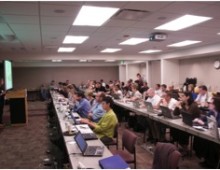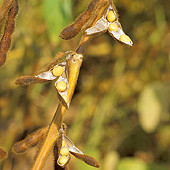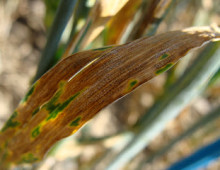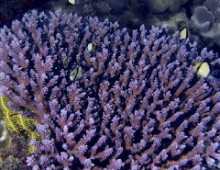Consortium Drives Genome Standards
As technology for sequencing genomes has become cheaper and more widely accessible, there is a greater urgency to institute a standardized, comprehensive language for researchers to share their findings. The Genomic Standards Consortium (GSC), an open-membership organization, is building a culture of collaboration to achieve greater efficiencies by spending less time combing through and interpreting inconsistent… [Read More]



